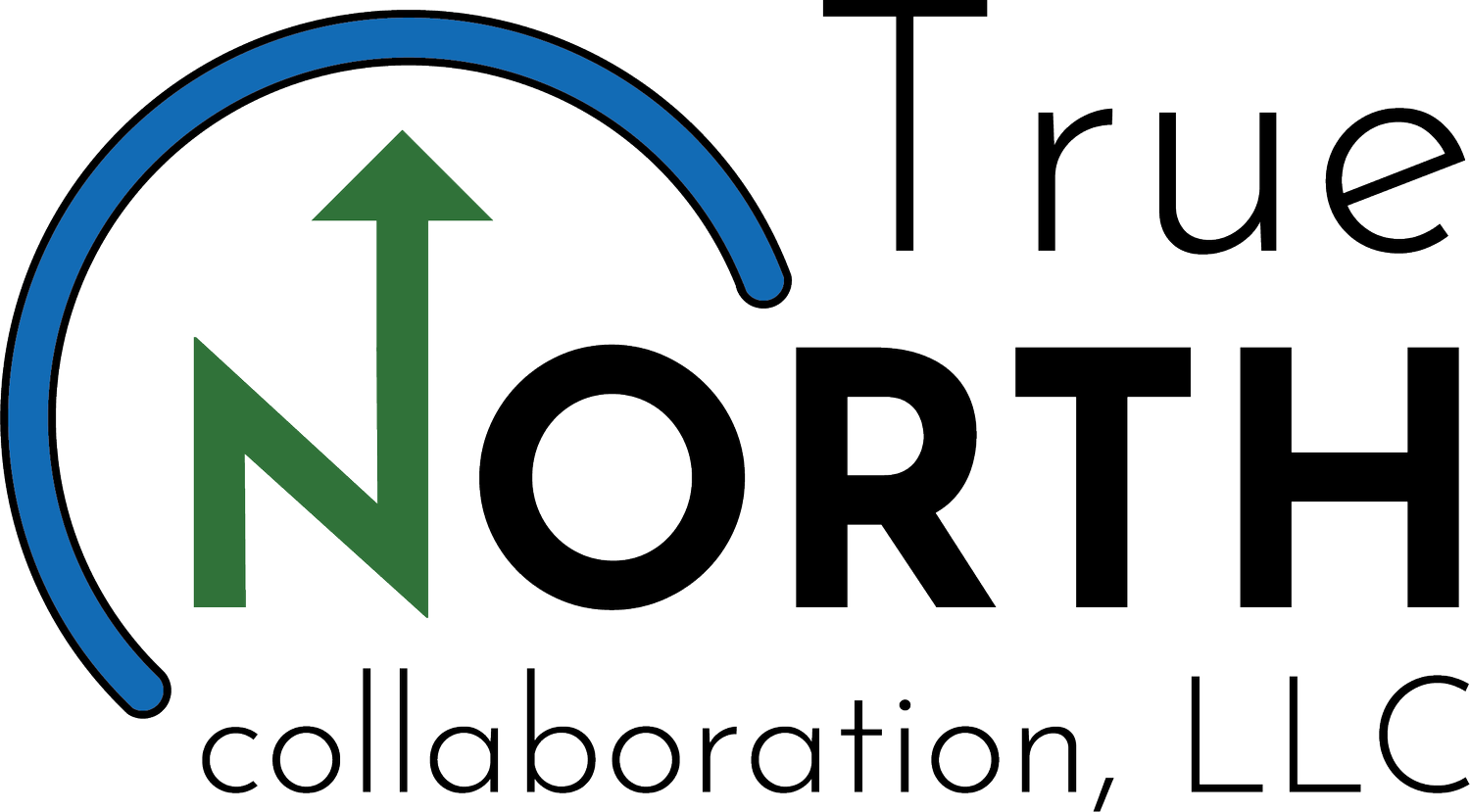It’s time to face the music on employee engagement.
Quiet Quitting: Same Song, Different Band.
All this talk of Quiet Quitting – in other words, making a conscious decision to do the bare minimum at work, starting and finishing as your contract states – has divided opinion. Across the internet, commentators are opining on whether employees should go above and beyond in performing their job commitments or simply deliver the standard. Should a job represent more than a paycheck? Is work-life balance defined by the traditional 8-hour workday? What is the value of doing more at work and what are the fair outcomes for those that choose not to? With social media demanding answers to these concerns, many employers are scrambling to overcome the threat of Quiet Quitting.
But is it really a phenomenon at all? We’ve heard this song before. The beat might be different, the harmonies more complex, and the vocals arranged in a new way – but the melody (and its message) are the same. Quiet Quitting has been going on for decades – it happens when people emotionally disconnect from their jobs. When happiness, purpose, and personal satisfaction evaporate from the workplace, employees are left to “soldier through” their day in a series of mechanical interactions. It’s much easier to “turn on” and “turn off” when you don’t really enjoy what you are doing. So, instead of focusing on a rash response to what isn’t really a new problem, business leaders need to be thinking about how they can keep their people engaged – for the long term.
According to Gallup, well over half of the US workforce is participating in some form of Quiet Quitting.
As our previous blogs have highlighted, even though Americans are the most engaged workers in the world, just 32% of Americans are fully immersed in their work. That number should raise the alarm bells for any organization. How can a company thrive when the bulk of its workforce has checked out? Without resolution, the damage can - and will - hit the bottom line with faltering productivity, revenue erosion, lacklustre customer experiences, climbing absenteeism, and brand malaise.
Yes, commentators in the media are right when they argue the merits of functional workers; these are people that understand their duties. They arrive to work on time, perform the tasks outlined in their job descriptions, and then leave when the clock strikes five. Their commitments are met. That’s why you hired them. But an engaged employee will do more, go further, improve your bottom line, and want to stay (and grow) with your company because they feel valued by your organization and embrace its mission.
This isn’t about presenteeism. If an employee is engaged with their work, they won’t be watching the clock, itching to shut down their computer at the earliest opportunity and put their cell phone in a drawer. They’ll be questioning how they can go further and do more to deliver. And that’s an employer’s dream, right?
So instead of reading more articles about this not-at-all new trend of Quiet Quitting and wondering who in your office has one eye on the exit, let’s get back to the drawing board with your employee engagement plan. As we’ve said before, these programs don’t have to be an overly expensive. Finding new ways to motivate your staff, build trusted relationships between management and the workforce, and recognize employees who work hard to go the extra mile will be worth every cent that you do spend.
It's never too late to engage your people, but equally it’s not an overnight fix.
True North Collaboration has the hands-on experience that can recharge your workforce, and build (or rebuild) a culture of high engagement and commitment. Let’s remove “Quiet Quitting” from the playlist and invigorate your business with a new tune!
Get in touch: karengilhooly@truenorthcollab.com or schedule a free 30 min. discovery call with me.
Learn key insights into employee engagement and the importance of skilled leadership communication by visiting my video resources here.
Here’s a list of some of our most popular resources:
Leading Elevated Conversations
Accelerating Into Leadership
Onboarding Accelerator
Communicating With Influence
